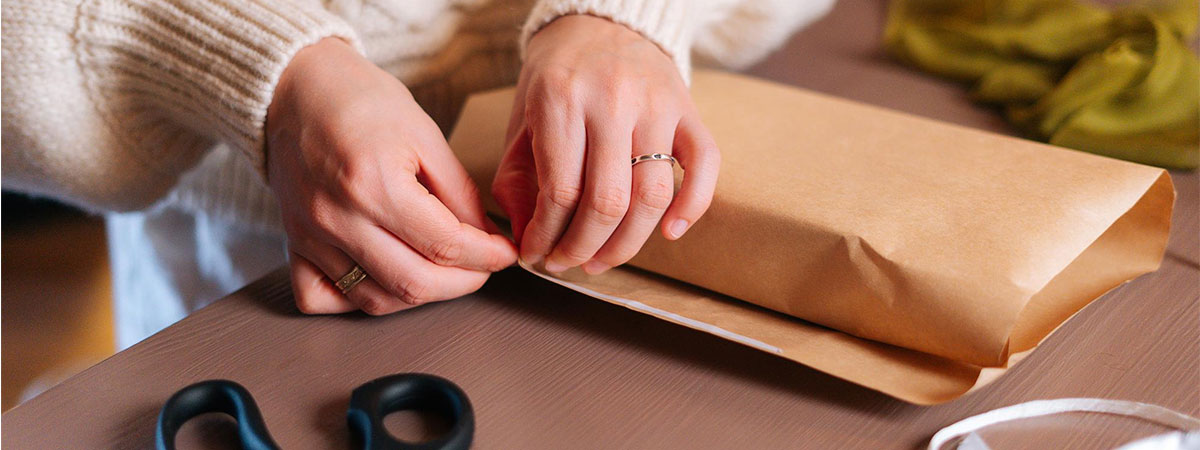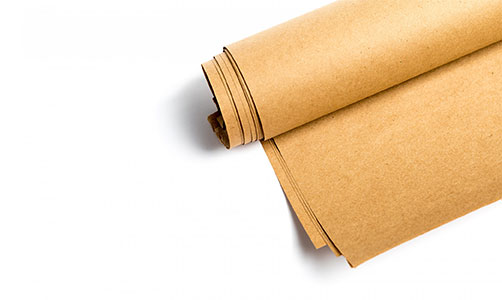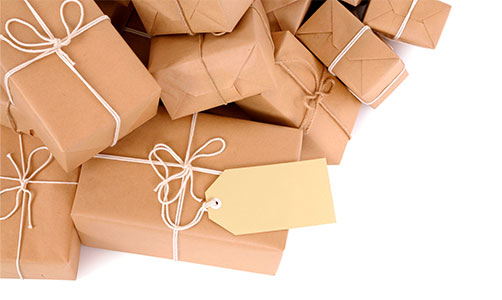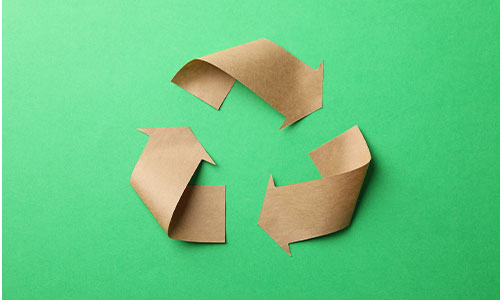- Promotions
What is kraft paper?

Kraft or brown paper is characterized by high resistance and natural color, making it a popular choice for various activities. Made from natural fibers, it is sustainable and biodegradable, offering an eco-friendly solution in the world of packaging materials.
Table of Contents
1. Production process of kraft paper
2. Applications of kraft paper
3. Economy and environmental friendliness of kraft paper
Production process of kraft paper
Manufacturing is focused on sustainability and durability. The process involves turning wood fibers into cellulose using the Kraft method, which provides high strength. It is therefore well suited for wrapping paper and also for other applications where strength is a key factor.
- Preparation of raw materials. The process begins with the selection of suitable natural fibers, most often derived from wood. They are the main component on which the quality of the final product depends.
- Pulping. Once prepared, they are processed into pulp. This process usually involves the addition of water and chemicals that help break down the wood into cellulose fibers.
- Leaf formation. The pulp is transferred to long conveyor belts where it is formed into sheets. During this stage, the water is gradually removed until the pulp begins to acquire firmness.
- Pressing and drying. Wet sheets are pressed and dried using hot rollers, which further consolidates the fibers and increases strength.
- Finishing and slicing. After the paper is completely dried, it is rolled into large rolls. These rolls can later be cut into smaller sizes according to customer needs or further processed for special applications.

Applications of kraft paper
It is used in many fields thanks to its unique properties:
- printing and packaging - suitable for printing, and its thickness and durability make it ideal for product packaging;
- arts and crafts - its natural look and ability to be easily manipulated make it a preferred material for creative projects.

Economy and environmental friendliness of kraft paper
It provides durability and functionality, but also contributes to reducing the ecological footprint. Thanks to its biodegradable properties and sustainable production process, brown paper supports efforts to protect the environment.
- cost-effective – offers high strength at a relatively low price.
- ecological - biodegradable and produced from renewable resources.

Kraft paper continues to be a key material in multiple industries thanks to its space in art-related industries. Its use as a strong and reliable material for packaging goods and products makes it a preferred choice for businesses striving for environmental sustainability and responsible consumption.






